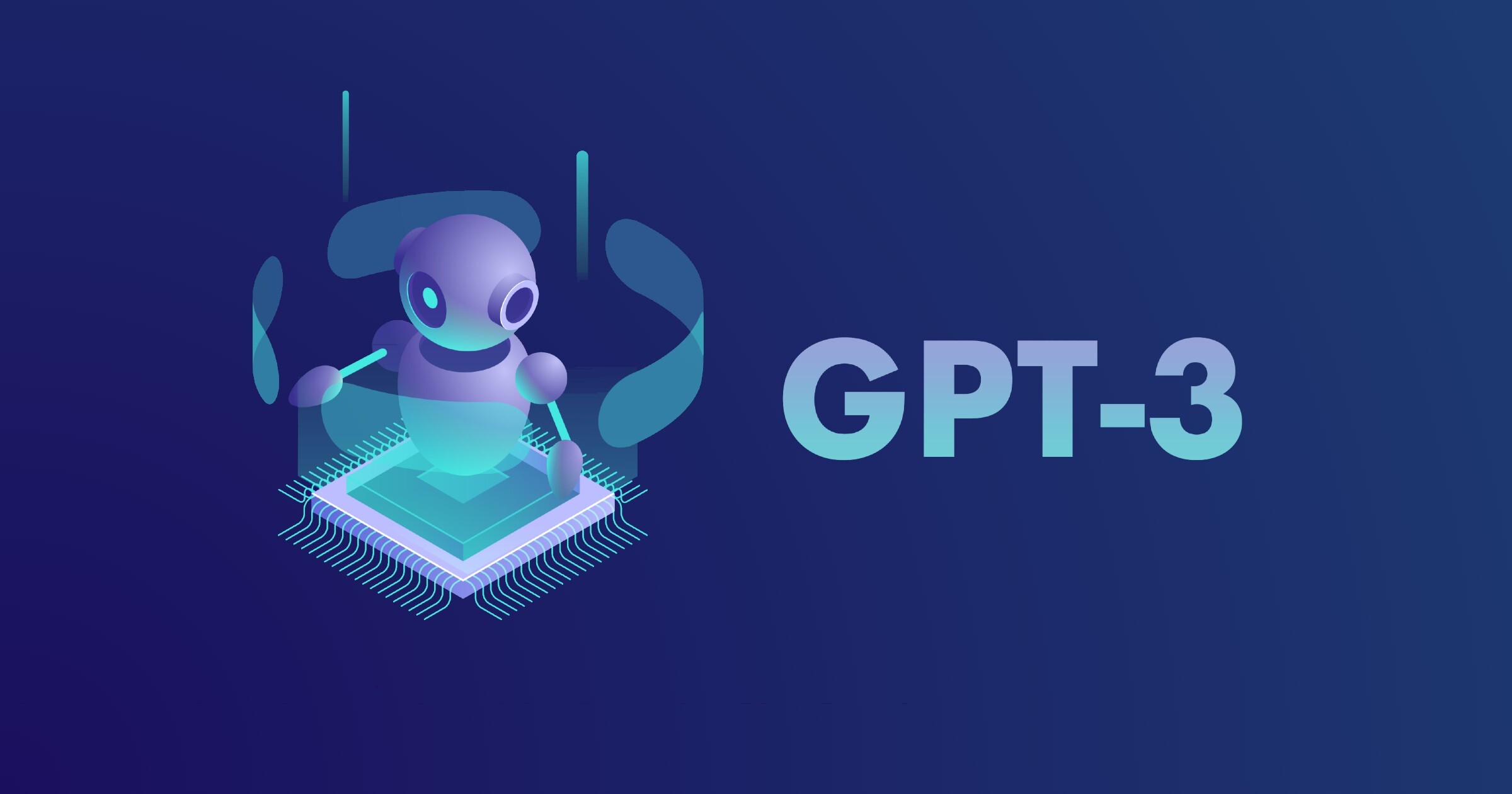By Taari Chandaria, Year 12
GPT-3, or Generative Pretrained Transformer 3, is the latest version of a large language model developed by OpenAI. It was trained on a vast amount of text data and can generate human-like text for a variety of purposes, including language translation, question answering, and text generation.
One of the most notable features of GPT-3 is its size. It has 175 billion parameters, making it one of the largest language models ever developed. This allows it to process and generate text with a level of detail and complexity that is unmatched by previous models.
Another key feature of GPT-3 is its ability to perform a wide range of language tasks without the need for task-specific training. This is known as zero-shot learning, and it allows GPT-3 to quickly adapt to new tasks and generate high-quality text in a variety of styles and formats.
One potential limitation of GPT-3 is its reliance on large amounts of data. Because it was trained on such a vast amount of text, it may not be well-suited to tasks that require a more specialized or niche knowledge.
Overall, GPT-3 is a highly impressive language model that has demonstrated its ability to generate human-like text for a wide range of applications. Its large size and ability to perform zero-shot learning make it a powerful tool for a variety of language-related tasks.
This has led some to question whether GPT-3 is capable of writing articles, and if so, how it compares to human writers.
The short answer is that yes, GPT-3 is capable of writing articles. In fact, it has been used for a variety of language-related tasks, including language translation, text summarization, and text generation. Its ability to perform these tasks without the need for task-specific training makes it a highly versatile tool for generating text.
However, it’s important to note that GPT-3 is not a replacement for human writers. While it can generate human-like text, it is not capable of the same level of creativity and originality as a human writer. It is better suited to tasks that require the generation of large amounts of text based on a given set of inputs or prompts.
In terms of the quality of the articles it produces, GPT-3 is highly impressive. Its large size and ability to process a vast amount of text data allows it to generate text with a level of detail and complexity that is unmatched by previous models. In many cases, it has been shown to outperform previous models and even human experts in certain tasks.
In conclusion, GPT-3 is a powerful tool for generating human-like text for a wide range of language-related tasks. While it is not a replacement for human writers, it has the ability to generate high-quality articles and other forms of text. However, its reliance on large amounts of data means that it may not be well-suited to tasks that require specialized or niche knowledge.
This entire article(aside from italics) was written entirely by the AI ChatGPT, the GPT-3 chatbot. So, to answer the question in the title(which the AI also wrote), GPT-3 most certainly can write articles!



